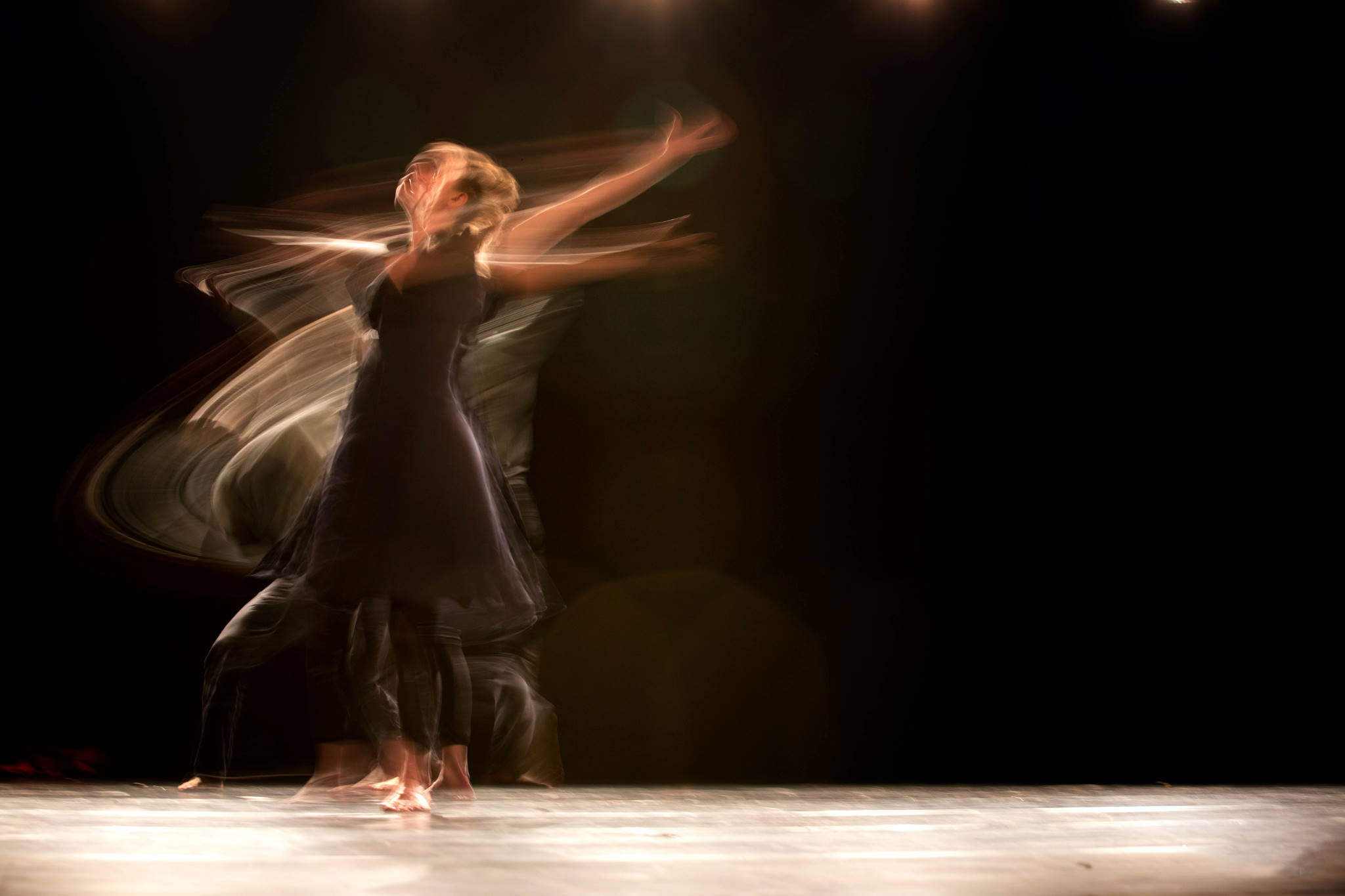When I started studying The Fourth Way – essentially a self-development method and school –, one thing sounded weird and artifact to me.
Gurdjieff – founder of The Fourth Way – said that anything happens because of three forces. It’s a universal law.
Even if you can imagine a few examples, it’s hard to think that it applies to anything, at first.
What about the sophisticated forces of physical laws? What about the infinite complexity of life? How can you think about three forces when it comes to emotions, intellect, spirituality?
It sounds reductive.
It took years, to me, to overcome that feeling and understand this fundamental law.
Starting simple
Let’s start with a few examples that can introduce us to the point.
Let’s take the material world and focus on an extremely simple case.
One object. Imagine a simple object. In the void. Totally isolated from the rest of the universe.
Imagine two forces. An “active” force, pushing in one direction, and a “negative” force, pushing toward the opposite direction, or “resisting.” The object would accelerate linearly, if one force prevails, or stays still, if the two forces compensate.
The resulting movement is not particularly interesting. Nothing “happens,” actually. This infinite translation has no value by itself.
But imagine now a third force, different in nature. Maybe momentum, a rotating force. That could add interesting variations.
Let’s see it better with a particular case, a rotating wheel.
Gravity, the active force, pushes downward. The ground “resists” upward.
Nothing interesting happens. Actually, everything is stuck.
But if you add rotation – by pushing the hub forward, or with a rotational force, maybe inclining the surface – the wheel moves.
The active and the resisting forces create friction. Thanks to friction, the wheel can advance.
The active force pushes. The passive force resists. The “neutral” force lets things unstuck.
Life
Let’s elaborate a bit.
Imagine a plant, growing.
There’s an active force pushing for growth, adding material and dimensions. It’s a “complex” force, of course, but this doesn’t change its nature of being the “active” force.
Then you have a resisting force. The one that tends to leave things as they are. Inertness.
But “growth” versus “still life” wouldn’t give shape to the plant.
You need a different force. Different in nature. The one which shapes the plant. Not pushing, nor resisting; driving.
I know that those three forces sound distant from the actual complexity. And that’s true. Models are a useful simplification of reality. Think of those three forces as a model. But a model which is core to everything that happens.
A law.
However, we still have to see where it shows its usefulness.
Humans
It’s hard to imagine forces, when it comes to the human mind. But don’t try to understand a complex situation, in the beginning.
Let’s imagine a strong emotion. Fear. The active force wanting you to escape. And a passive force – weak, in this case – resisting rash gestures.
How do you fight fear? Not with those two forces. The active force – the instinctive reaction – is already at work. The passive force – made of laziness, will, and maybe prudence – is too weak, overcome by instincts evolved in a million years.
You need knowledge, awareness of what’s happening and how to drive things for the best, to avoid plain automatic evolution of what’s going on.
With knowledge, you know what the real threat is. It will put things in perspective, offer a solution, even shape different reactions, with time. It will help the resisting force, in this case, and will drive how things can evolve.
If you don’t know what the active and passive force are, you can’t introduce the third force. If you don’t introduce the third force, you’re at the mercy of automatic reactions.
Of course, I’m simplifying, here. The third force can be a mixture of knowledge and will, for example. Or practice. Or another emotion. An external event. An extra effort. A friend. It depends.
Not only identifying the three forces is key to understanding how things work, but it’s essential to get unstuck.
When you get stuck, the third force is not working. Or it’s of the wrong type. The law of three tells you that a third force is missing, that strengthening one of the two forces already at work won’t do.
The interaction of the three forces can be seen, especially in the case of human nature, as a transformational process made of three steps: affirmation, denial, reconciliation – where reconciliation corresponds to the force that brings “harmony.”
Now think about more complex scenarios.
At the scale of “purpose,” anything automatic in your life misses the third force. It’s just a clash of opposing forces. So, nothing really “happens.” Things change, but nothing happens in terms of what you want to happen. Things go in random ways.
You need a third force, the one that turns the clash into dynamics, into a meaningful process. And often, a conscious effort is the third force that we miss.
Anything else
Society, art, science, evolution. Anything that “happens,” that’s not standing still or shifting automatically, is subject to the law of three.
That’s not the only law that helps explain the universe and humans. But seeing the three forces is key to understanding what’s happening.
It’s not just a matter of perspective. The law of three is also a tool in your box. The one that helps make things happen or get unstuck.
